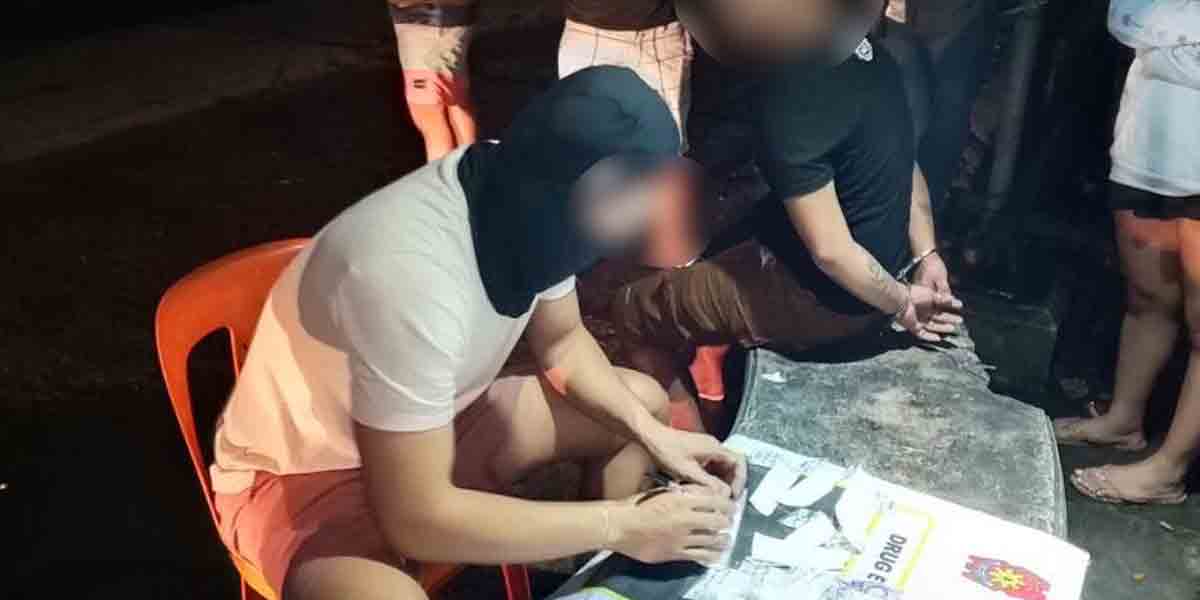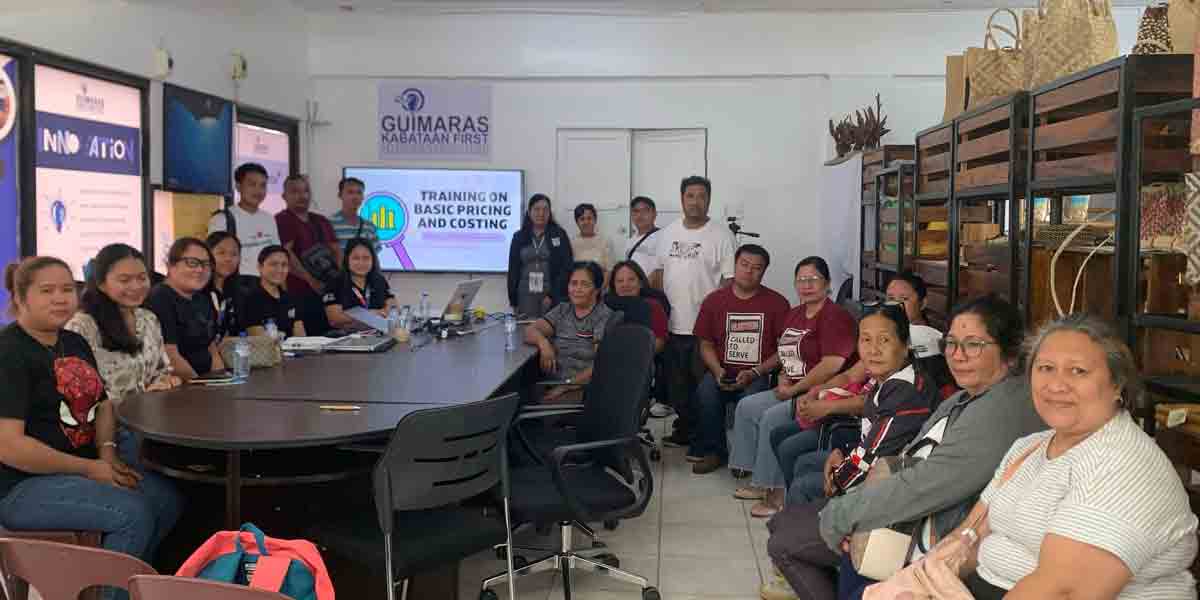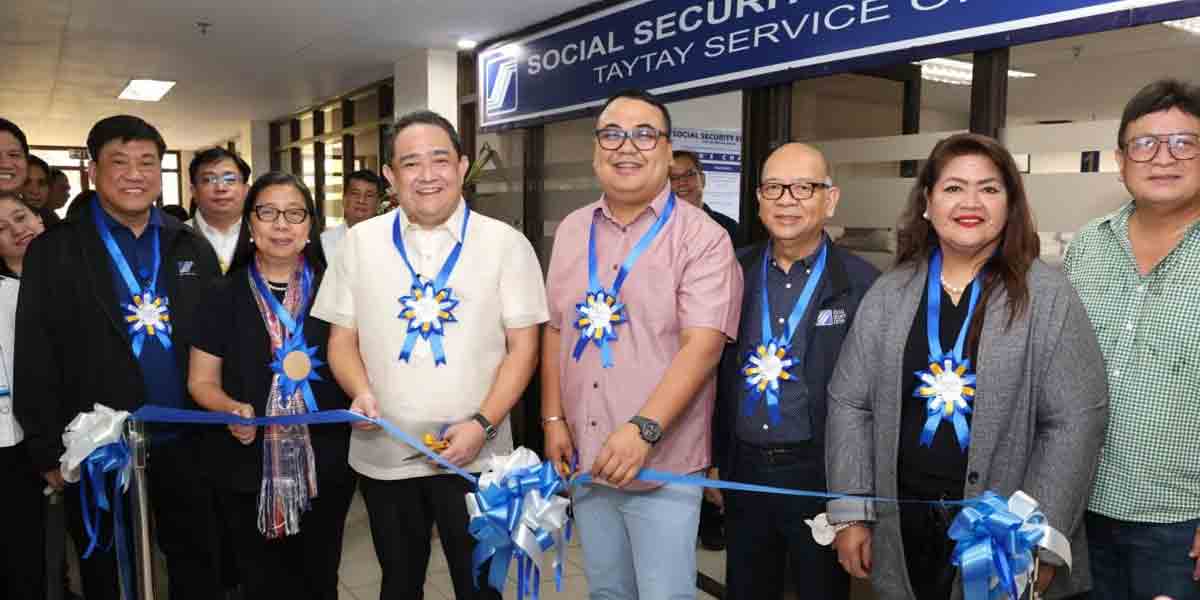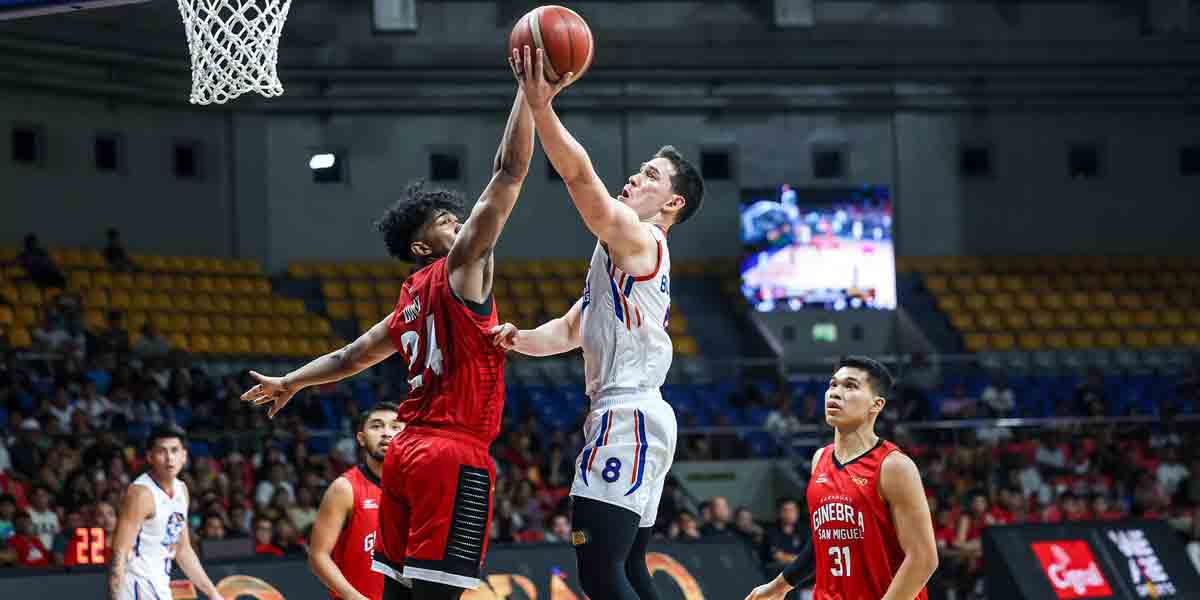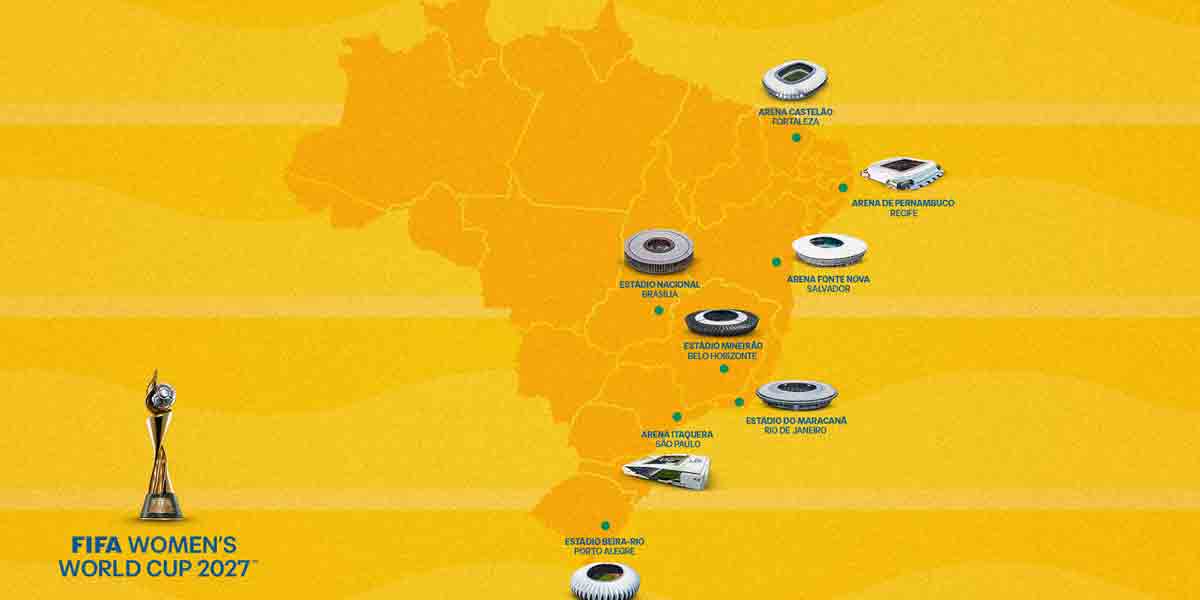By Ted Aldwin Ong
The Dinagyang Festival, one of the country’s celebrated cultural events, is not just a display of devotion and theatrics but also a showcase of Iloilo’s gastronomic expressions—a celebration through food. Visitors can see and taste a variety of offerings, both in restaurants and on the streets.
Every block in the downtown area and outdoor spaces near shopping centers features trade fairs promoting locally made products, music and creative performances by local artists, and a food festival with a wide selection of local and contemporary cuisines, making Dinagyang a feast for both the eyes and the palate.
Last year, the intersection of art, gastronomy, and cultural festivals became a fascinating subject of study for book writing projects, especially given Iloilo City’s thriving art community and recognition as a UNESCO Creative City of Gastronomy. This effort culminated in the groundbreaking book Gastronomic Expressions of Our City, Iloilo: Nature, Culture, and Geography, a project by Iloilo City Mayor Jerry P. Treñas and the Iloilo City Government, published by the Vibal Group and the Iloilo Festivals Foundation, Inc.
Aptly called the Iloilo Gastronomy Book, it explores food tourism, geography, ethnicity, ingredients, and technology. It also includes a lavish recipe chapter curated by Iloilo First Lady Rosalie S. Treñas, showcasing dishes prepared by top-notch local chefs and sought out by domestic and foreign visitors alike during the Dinagyang Festival.
Similarly, Dr. Hazel Palmares Villa and this writer spotlighted Iloilo through the article “Savoring Iloilo: Exploring the Interplay of Art and Gastronomy” in the book KANAMI: Visayan Arts, Culture and Cuisines, published by the Cultural Center of the Philippines’ Kaisa sa Sining. The book highlights the rich arts, culture, and culinary heritage of the Visayas region.
Research for these book projects has significantly deepened the understanding of Ilonggo food and foodways, as well as the profound connections between food, art, culture, history, and identity. It has also underscored the intersections of gastronomy and cultural events. This deeper insight has been shaped by the works of key scholars, including Doreen G. Fernandez, the doyenne of Philippine food history; Ediberto N. Alegre; Fernando Nakpil-Zialcita; Felice Prudente Sta. Maria; Ige Ramos; Arjun Appadurai; Dawn Bohulano Mabalon; and PJ Arañador. Their contributions provide invaluable perspectives on these rich and complex topics.
The Dinagyang Festival highlights gastronomy as both a social and religious activity, offering a communal experience where food becomes a symbol of collective identity and belief. This is evident in the gathering of family and friends during the festivities, sharing meals, drinks, and conversations. Festivals like Dinagyang emphasize the religious and spiritual significance of food, with offerings made to honor deities or religious icons while celebrating abundance and a bountiful harvest.
For example, Tatoy’s Manokan, founded by Honorato “Tatoy” Espinosa in Villa Arevalo, exemplifies this tradition. At its main entrance, a food set is displayed in a nipa hut, symbolizing the restaurant’s humble origins and its rise to becoming one of Iloilo’s culinary icons.
The Dinagyang Festival is not only a celebration of culture and tradition but also of geography, local ingredients, and cooking technology. Grilled chicken, pork, or fish—simple in appearance yet deeply symbolic—represent the diverse regions of Iloilo, with ingredients sourced from upland, lowland, or coastal communities. These dishes are prepared with local ingredients, imparting unique aromas and flavors.
For instance, the marinade for inasal (grilled chicken or pork) includes kalamansi (Philippine citrus), lánggaw (coconut vinegar), ahos (garlic), luya (ginger), tanglad (lemongrass), istiwitis (annatto seeds), asin (salt), and a variety of spices such as rekado and paminta (pepper), along with soy sauce. This combination creates a rich, flavorful profile for the grilled dish.
The cooking method for inasal—barbecuing or skewering meat—is a blend of traditional techniques and modern technology. Grilling, or sinugba, is one of the simplest yet most popular methods in Ilonggo cuisine and Filipino cooking in general. During Dinagyang, nearly every food stall features a parillahan—a flat grill where chicken, pork, fish, or squid are cooked over an open flame of burning charcoal. This combination of local ingredients and time-honored grilling techniques embodies the heart of the festival’s culinary experience.
Additionally, sinugba reflects the distinctive culinary preference of Ilonggos, often paired with sinamak, a popular dipping condiment made from vinegar, garlic, ginger, chili peppers, and kutitot, a bird’s-eye chili variety.
Eating during Dinagyang becomes a gastronomic journey that connects people to the rich culture of Iloilo, offering a deeper understanding of the region’s geography, history, and religious traditions through its food.
Japanese anthropologist Naomichi Ishige once stated that “eating is an act of ingesting the environment.” Doreen G. Fernandez expanded this idea in her work Culture Ingested: Notes on the Indigenization of Philippine Food, suggesting that food serves as a vehicle for “ingesting culture.” She emphasized that foreign influences on Filipino food have become integral to daily life.
This Dinagyang season, food is not just sustenance; it is a means of connecting with the heart and soul of Iloilo and its people.


